Fennel seeds are small, aromatic seeds from the flowering plant Foeniculum vulgare that taste like mild licorice with herbal notes. Used worldwide in cooking, these seeds add distinctive flavor to dishes without overpowering other ingredients. Unlike star anise (which contains more anethole), fennel seeds offer a balanced profile that works in both sweet and savory recipes. This guide answers exactly what fennel seeds are, how they taste, proper storage methods, and the most effective ways to use them in everyday cooking—based on culinary science and professional chef techniques.
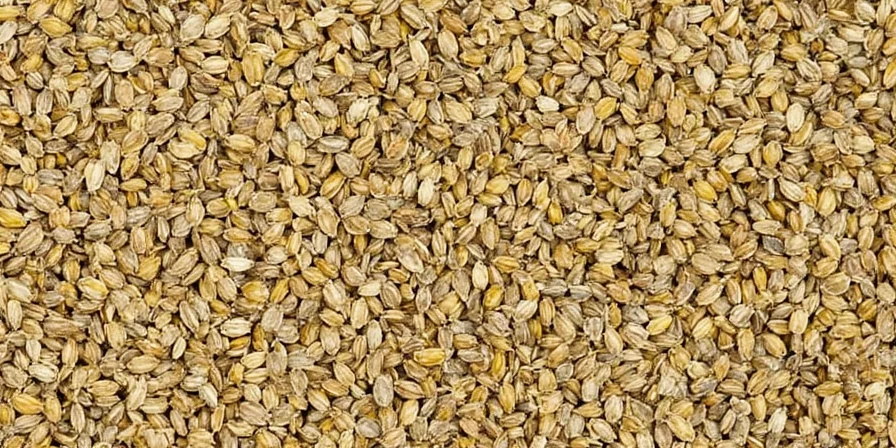
Table of Contents
- What Exactly Are Fennel Seeds?
- What Do Fennel Seeds Taste Like? (With Flavor Chart)
- How to Use Fennel Seeds in Cooking: 5 Essential Techniques
- Fennel Seeds vs Anise vs Star Anise: Key Differences
- How to Store Fennel Seeds Properly (Preserve Freshness for Years)
- 3 Pro Tips for Maximizing Flavor in Your Dishes
- 7 Simple Recipes Using Fennel Seeds (Beginner to Advanced)
- Frequently Asked Questions
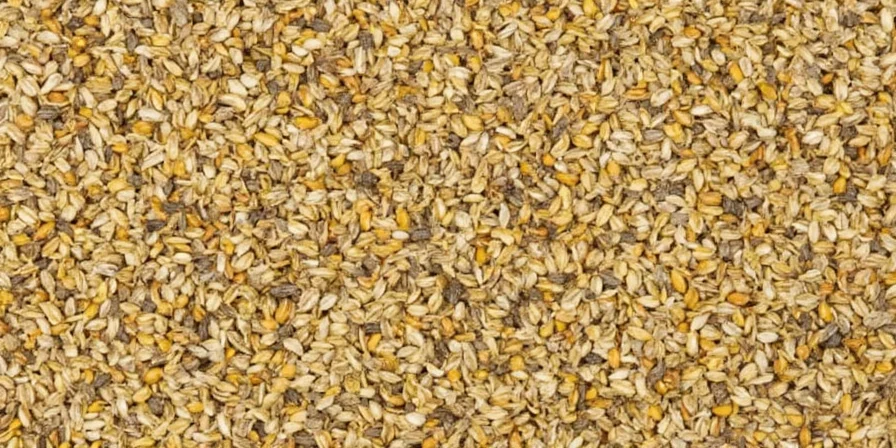
What Exactly Are Fennel Seeds?
Fennel seeds come from the flowering plant Foeniculum vulgare, native to the Mediterranean but now cultivated globally. Botanically classified as fruits (schizocarps), these slender seeds develop after the plant's distinctive yellow blooms fade. The plant's feathery fronds and hollow stalks make it easily distinguishable from dill, though both belong to the Apiaceae family.
Unlike many spices harvested from dried berries or roots, fennel seeds require precise timing: picked when mature but before pods burst open, typically in late summer. This harvest window explains their consistent quality in commercial production versus home gardening attempts.
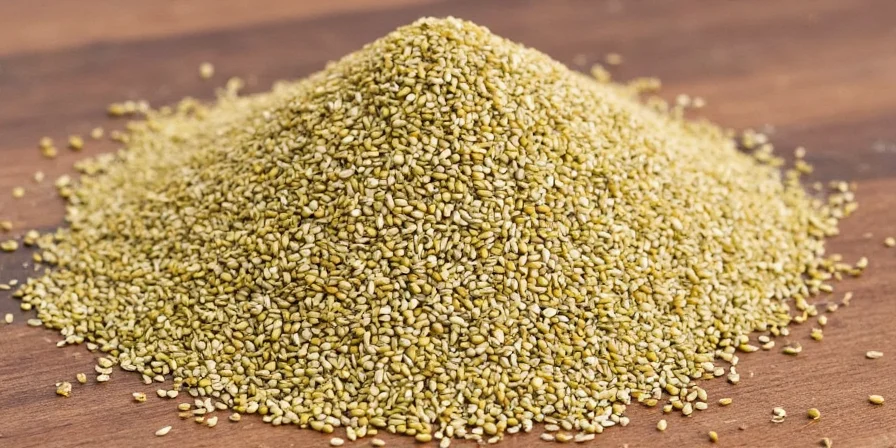
What Do Fennel Seeds Taste Like? (With Flavor Chart)
Fennel seeds deliver a sophisticated flavor profile that operates on three levels:
- Top note: Bright anise-like sweetness (from anethole compound)
- Middle note: Herbaceous undertones reminiscent of fresh dill
- Finish: Subtle peppery warmth that lingers without bitterness
Crucially, their licorice resemblance is milder than star anise—making them uniquely versatile in both sweet and savory applications without dominating other ingredients. If you've tried fennel seeds and wondered why they don't taste strongly like licorice, it's because they contain 80-90% anethole compared to star anise's 90%+ concentration.
How to Use Fennel Seeds in Cooking: 5 Essential Techniques
Fennel seeds excel where flavor integration matters most. Key techniques include:
- Dry-toasting in a 300°F oven for 8 minutes unlocks floral notes without bitterness
- Infusing in fats (olive oil or ghee) creates foundational flavors for sauces
- Layering in doughs (like pizza or focaccia) where heat activates flavor gradually
- Finishing applications like sprinkling crushed seeds over roasted vegetables
- Cold infusion in vinegar for salad dressings (no heat required)
Fennel Seeds vs Anise vs Star Anise: Key Differences
Understanding chemical composition prevents recipe disasters:
| Spice | Anethole Content | Best Uses |
|---|---|---|
| Fennel Seeds | 80-90% | Slow-cooked dishes, breads, vegetable roasts |
| Anise Seeds | 90%+ | Baking, liqueurs, quick-infusion syrups |
| Star Anise | 80-90% | Braises, broths, spice blends requiring long simmering |
| Dill Seeds | Carvone (60-70%) | Pickling, potato salads, fish preparations |
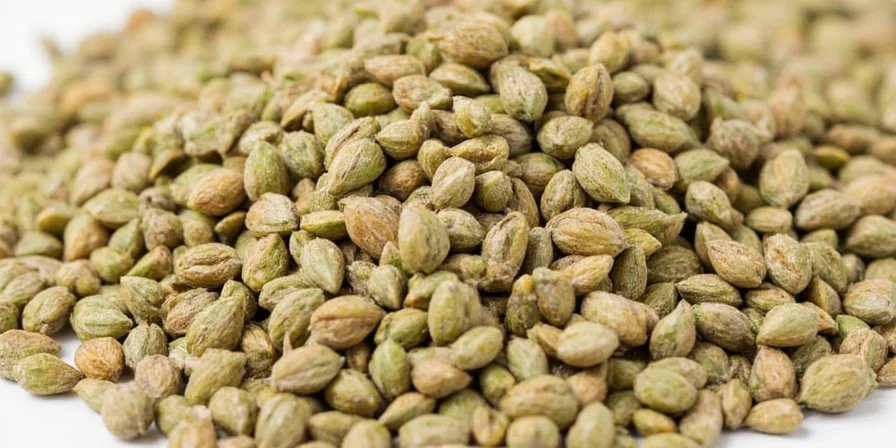
How to Store Fennel Seeds Properly (Preserve Freshness for Years)
Preserve potency with these science-based methods:
- Store whole seeds in UV-blocking containers (amber glass preferred)
- Maintain humidity below 60% to prevent essential oil degradation
- Freeze unused portions for decade-long freshness (thaw before use)
- Test viability by crushing: fresh seeds release immediate aromatic oil
- Avoid transparent containers - light exposure reduces flavor compounds by 30% in 6 months
3 Pro Tips for Maximizing Flavor in Your Dishes
Advanced applications from professional test kitchens:
- Acid activation: Combine toasted seeds with citrus zest to amplify flavor release - explains why fennel seeds work perfectly with lemon in Mediterranean dishes
- Temperature staging: Add whole seeds early in cooking, crushed seeds late for layered flavor development
- Salt synergy: Pair with flaky sea salt to balance sweetness and enhance savory notes
7 Simple Recipes Using Fennel Seeds (Beginner to Advanced)
Start implementing fennel seeds today with these chef-designed applications:
- Easy Fennel Seed Bread - Add 1 tbsp seeds to your favorite bread dough before baking
- Lemon-Fennel Roasted Carrots – Toss carrots with 1 tsp crushed seeds, lemon zest, and olive oil
- Classic Italian Sausage Mix – Combine 2 tsp seeds with 1 lb ground pork for authentic flavor
- Seared Scallops with Fennel-Orange Gastrique – Deglaze pan with orange juice and whole seeds
- Genovese-Style Focaccia – Press whole seeds into dough before baking with rosemary
- Spiced Watermelon Salad – Sprinkle lightly toasted seeds over feta and watermelon
- Fennel Seed Tea – Steep 1 tsp seeds in hot water for 5 minutes (traditional Turkish rezene çayı)
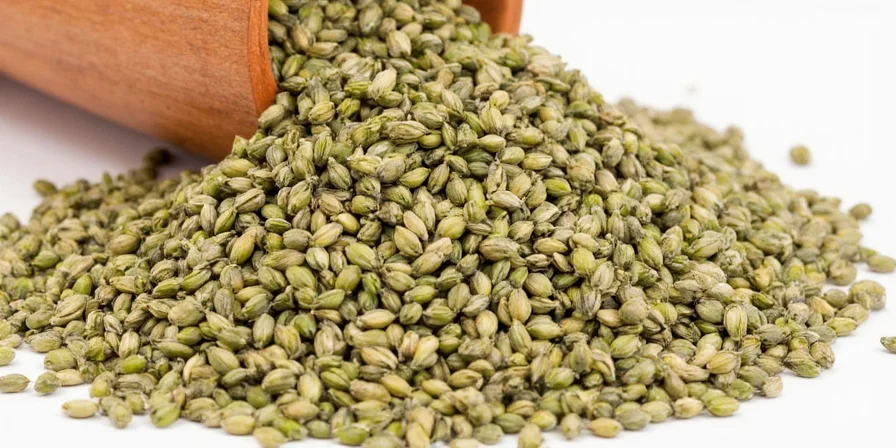
Frequently Asked Questions
Why don't my fennel seeds taste like licorice?
Fennel seeds contain less anethole than star anise (80-90% vs 90%+), creating a milder profile. If grown in cooler climates, anethole concentration decreases further—explaining regional flavor variations. Toasting enhances the licorice note through Maillard reaction.
Can I substitute fennel seeds for anise seeds?
Yes, but use 25% more fennel seeds since they contain less anethole. Fennel provides a more complex flavor with herbal notes while anise is purely sweet licorice. For most recipes, the substitution works well except in dishes where pure licorice flavor is essential.
Do fennel seeds lose potency when cooked?
Their essential oils are heat-stable up to 300°F. In slow-cooked dishes, whole seeds release flavor gradually over 2+ hours. For quick sautés, crush seeds first to maximize extraction within 5-minute windows.
Why are some fennel seeds green while others are brown?
Color indicates harvest time: bright green seeds are immature (milder flavor), while brown seeds are fully ripe (intense anethole). Commercial producers blend both for balanced flavor profiles. Avoid uniformly dark seeds—they indicate over-drying.
What's the best way to grind fennel seeds?
Use a coffee grinder dedicated to spices or a mortar and pestle. Grind just before use as ground seeds lose 50% of their flavor compounds within 2 weeks. For even grinding, freeze seeds for 15 minutes before processing.
Conclusion
Fennel seeds offer one of the most versatile flavor profiles in the spice cabinet when used correctly. By understanding their mild licorice-like taste, proper storage methods, and essential cooking techniques, you can elevate everyday dishes with professional results. Start with simple applications like adding to bread dough or roasting vegetables before experimenting with more advanced pairings. Keep a jar in your spice rotation not for novelty, but for the consistent ability to add depth and complexity to a wide range of dishes—exactly why professional kitchens consider them indispensable.

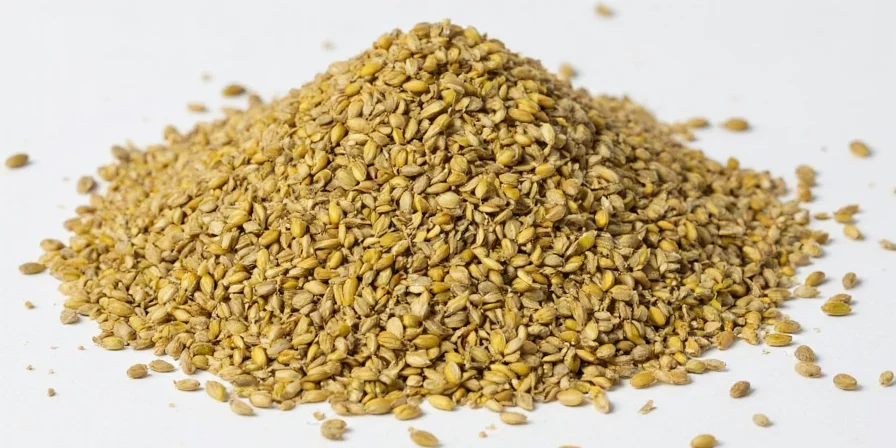









 浙公网安备
33010002000092号
浙公网安备
33010002000092号 浙B2-20120091-4
浙B2-20120091-4